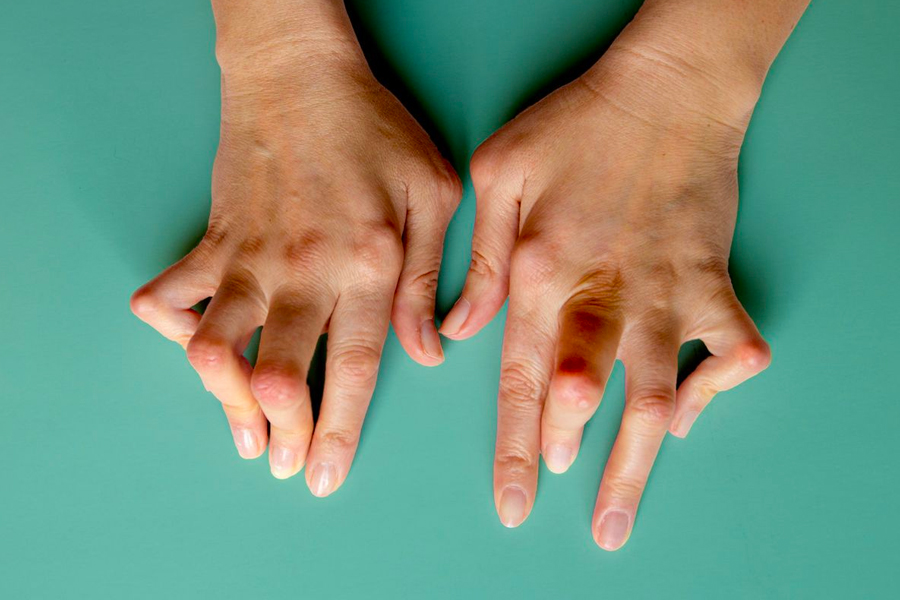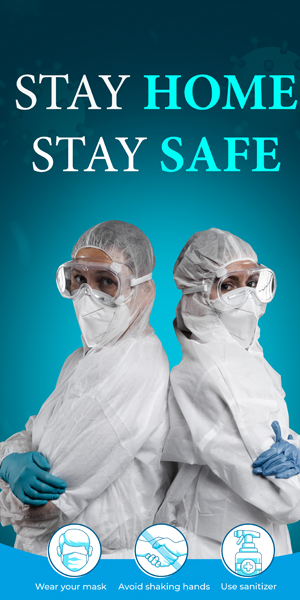Licensed peptide manufacturers and suppliers worldwide are dedicated to providing the cheapest and best products as expected by their customers. AASraw is one of the most successful and recommended peptide contract development and manufacturing organizations. You can focus on the ...
Rheumatoid arthritis is a chronic autoimmune disorder that causes inflammation and pain in the joints. While traditional treatments focus on relieving symptoms, emerging research suggests that proteolytic enzymes can play a crucial role in managing RA. Benefits of Proteolytic Enzymes ...
Having painful muscles is one of the drawbacks of exercising. Depending on the training method and the intensity of the workout, muscle soreness can range from being barely perceptible to being quite painful. Here is what helps sore muscles after ...
Smoking is the main cause of lung cancer. It causes cells within to break down and create tumors. It can also lead to inflammation, which is known to increase the risk of other health conditions. Unfortunately, people who have never ...





